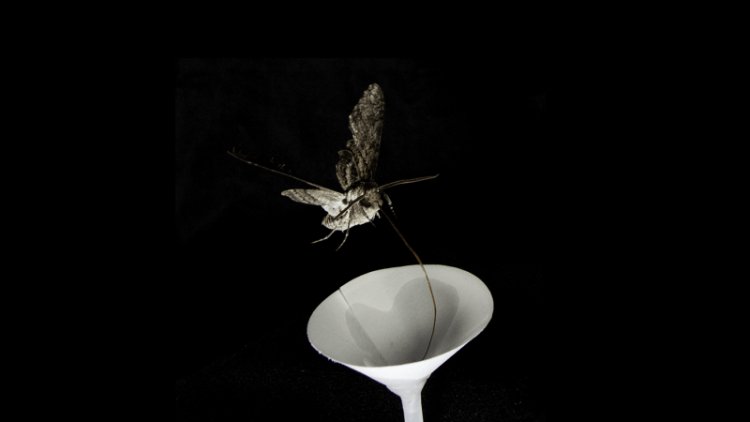How air pollution may make it harder for pollinators to find flowers
Certain air pollutants that build up at night can break down the same fragrance molecules that attract pollinators like hawk moths to primroses.

Air pollution may blunt the signature scents of some night-blooming flowers, jeopardizing pollination.
When the aroma of a pale evening primrose encounters certain pollutants in the night air, the pollutants destroy key scent molecules, lab and field tests show. As a result, moths and other nocturnal pollinators may find it difficult to detect the fragrance and navigate to the flower, researchers report in the Feb. 9 Science.
The finding highlights how air pollution can affect more than human health. “It’s really going deeper … affecting ecosystems and food security,” says Joel Thornton, an atmospheric scientist at the University of Washington in Seattle. “Pollination is so important for agriculture.”
Increasing industrialization has pumped ozone, nitrogen oxides and other pollutants into the air. During the day, sunlight typically breaks down ozone. But at night, the pollutant accumulates and reacts with nitrogen dioxide to produce nitrate radicals. These reactive molecules can affect plant fragrances, research has suggested, but the details weren’t clear.
Thornton and colleagues collected scent molecules from a pale evening primrose (Oenothera pallida) and released the fragrance into a wind tunnel containing hawk moths. The scientists could see the moths “easily flying upwind and tracking the odor,” says biologist Jeff Riffell of the University of Washington.

But it was a different story when the researchers added pollutants like ozone and nitrogen dioxide to the mix. Then, the hawk moths flew in zigzag patterns, often searching fruitlessly for scent cues.
Exposing hawk moth antennae to each of the molecules in the fragrance pinpointed the primary cues that the moths use to find flowers: two types of
aromatic compounds called monoterpenes. Molecular analysis revealed that
the compounds break into pieces when they encounter nitrate radicals, stripping the primrose of most of its aroma.
“It was surprising [that] a seemingly subtle change in concentration of only two compounds — out of more than 20 — was sufficient to eliminate the flower’s attractiveness,” Riffell says.
The effect is akin to putting a blindfold on someone and then asking them to go fetch a cup of coffee, says Jose Fuentes, an atmospheric scientist at Penn State who was not involved in the study.
To test the findings in nature, ecologist Jeremy Chan, now at the University of Naples Federico II in Italy, planted a field of real and faux primroses about
280 kilometers east of Seattle. Some of the fakes emitted lab-made primrose
fragrance, while others released the fragrance as well as chemicals that react in the air to make nitrate radicals. Cameras recorded the number of times moths visited the experimental buds.
Moths usually visited real and fake flowers that emitted unsullied primrose scent two to three times a night. For fake flowers with polluted fragrances, the average number of nightly visits was less than one, the team found.
Scientists need to learn how the observed insect behavior may impact
foraging, Fuentes says. If insects are becoming more confused in places
where air pollution is getting worse, “it will impact pollination, crop productions [and] health of native plant species.”
What's Your Reaction?



















